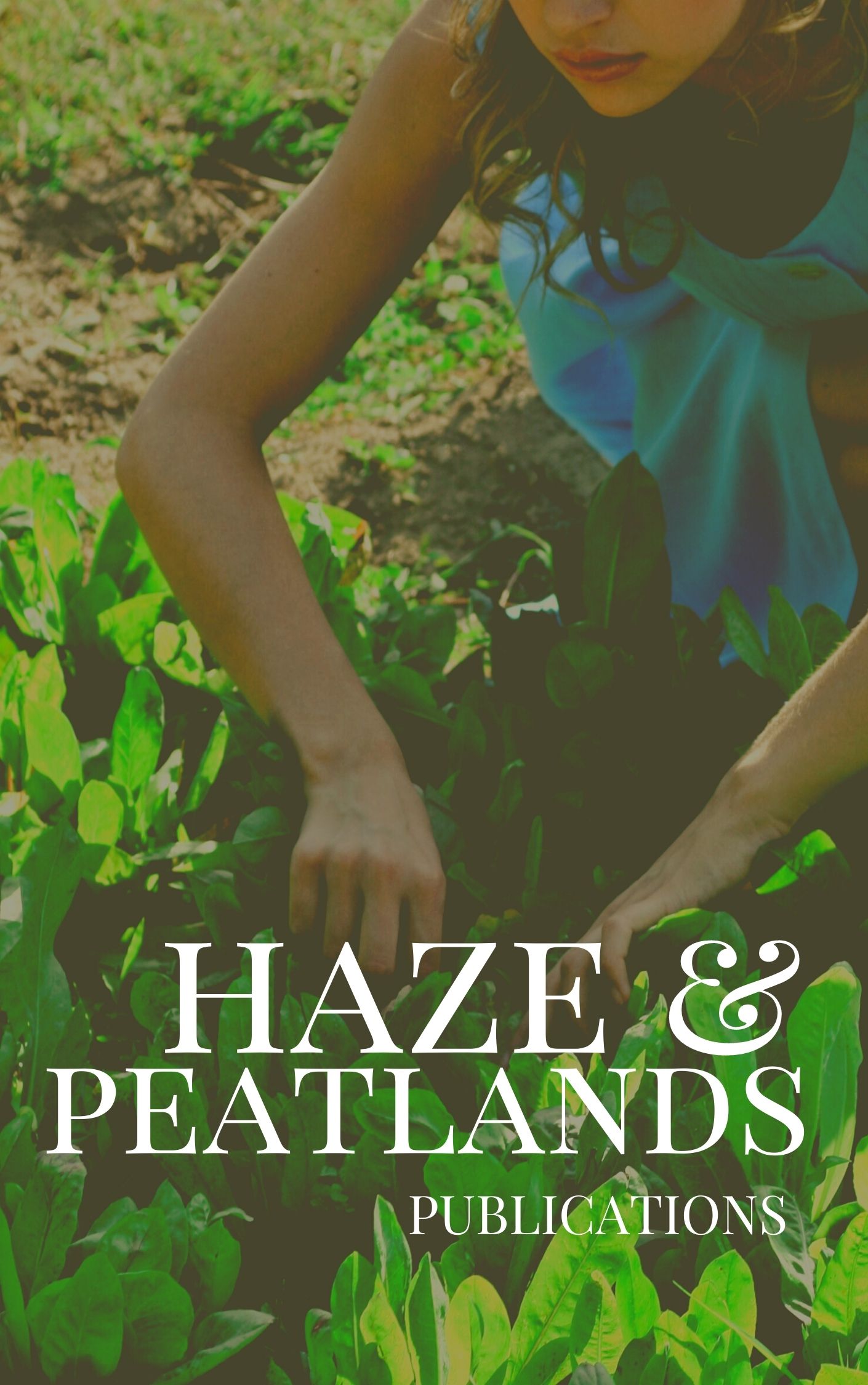Palynological, charcoal, elemental carbon and elemental carbon stable isotope analyses on Banda Sea core SHI-9014 provide a detailed regional vegetation, fire and climate history for the Banda Sea area (eastern Indonesia and northern Australia) through the last 170-180,000 years. Reliable chronostratigraphic control is provided by a detailed oxygen isotope record and, in the younger part of the sequence, by radiocarbon dates. The results indicate that during the last two glacial periods (particularly stages 6, 4, and 2) drier climates prevailed in both eastern Indonesia and northern Australia and lower montane forests dominated by Fagaceae expanded, indicating cooler climatic condition in eastern Indonesia. High charcoal and elemental carbon values suggest increased burning during these periods. Expansion of tropical lowland rainforests, humid mid and upper montane forests, fern and woodland cover occurred in the interglacial periods (stage 5 and the Holocene), indicating warm and humid conditions. The Banda Sea record indicates that before 37,000 yr B.P. Dipterocarpaceae formed an important part of the tropical lowland vegetation of eastern Indonesia. Its subsequent demise coincides with an increase in disturbance pollen indicators, the replacement of Eucalyptus woodlands and open forests by open grassland vegetation and higher burning levels. It is likely that these changes relate to an increase in human impact on the landscape.
View source

